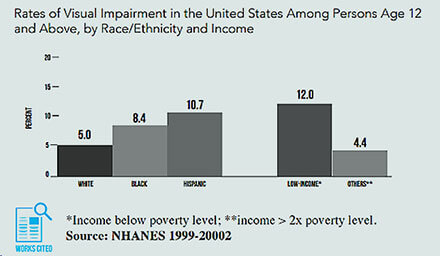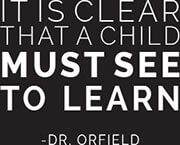Research suggests children growing up in poor, urban communities have much higher rates of vision problems
Children in poor communities are less likely to get vision screenings & necessary follow-up care

These same children have math and reading rates that are well below the national average.
Visual impairments are common and affect about 1 in 4 school-age children (U.S. Preventive Task Force, 2004).
A Baltimore study found that 60% of second and third graders needed a pair of glasses.
Vision problems are often mistaken for behavioral issues.
“If a child can’t see something, how on earth is he or she going to pay attention to it?”

LITERACY LIBERATES


Over time, poor vision has a cumulative effect leading to lower high school graduation rates, decreased wages, and decreased standards of living (Crouse et al., 2013 & Center for Disease Control, 2016).
To read well, you need to see well
The earlier you address the problem, the better. Poor vision destroys self-esteem and erodes confidence. Children with poor vision are more likely to have social and emotional problems.
“One of the nations greatest and most difficult problems in modern education is a simple health issue that can be fixed with a pair of glasses”
(Gammard, 2017).
WHEN GOOD EYESIGHT IS A PRIVILEGE, LEARNING SUFFERS
- Roughly 70% of children with learning disabilities need visual aids
- Kids don’t know they can’t see so the problem often goes undetected
- In many cases, test scores and behavior improve significantly after wearing glasses
- In a 2015 study, UCLA correlated students use of glasses with improved grades in math and reading
Students growing up in low-income neighborhoods who cannot read well are six times more likely to drop out of high school. Untold numbers of children don’t read well because they don’t see well. With approximately 7,000 students dropping out each day, we wonder how many students’ fate could be changed by more will to grant vision.









